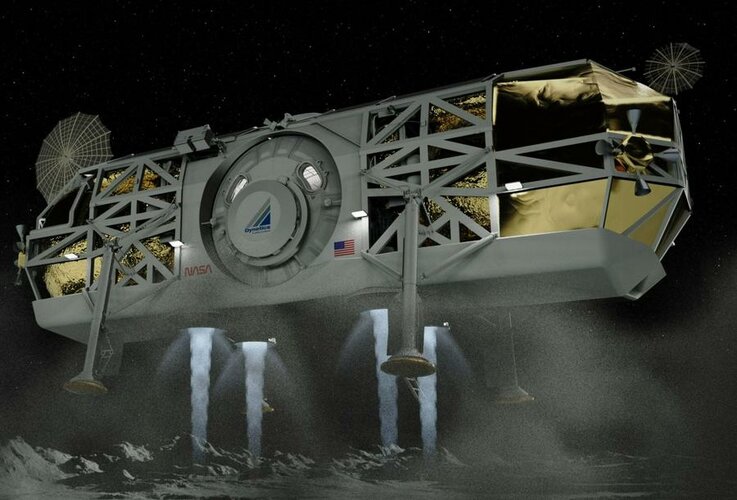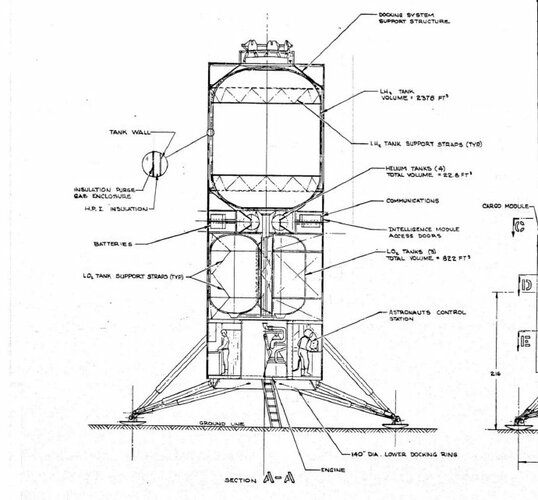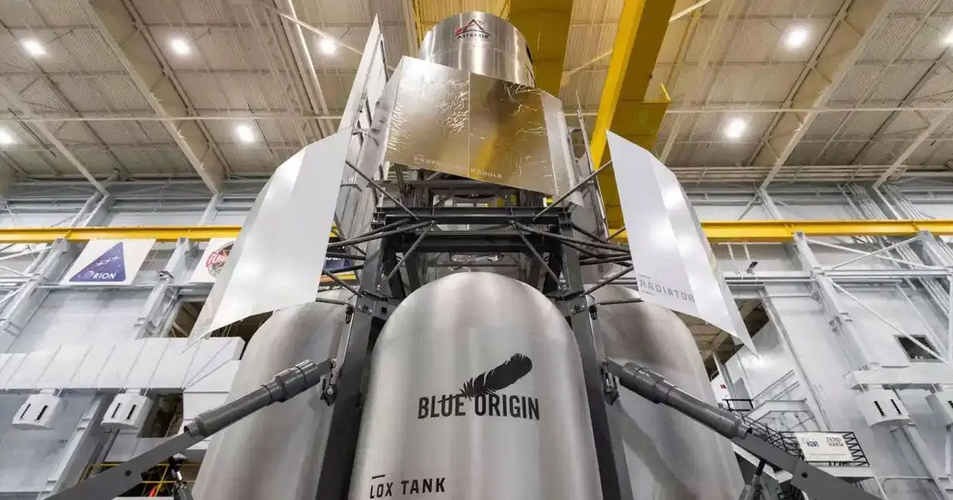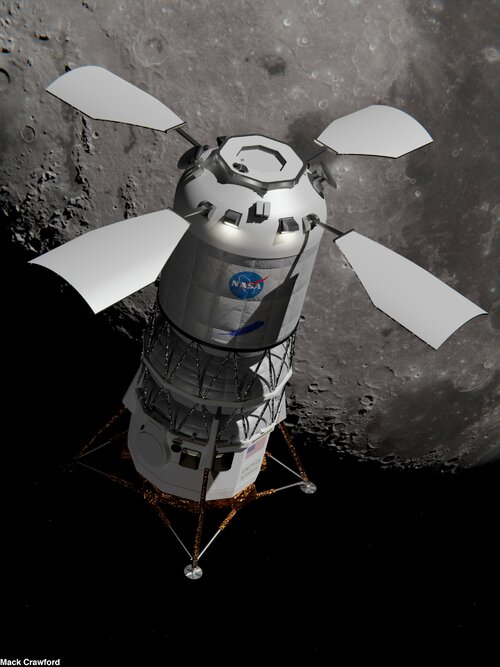- Joined
- 21 January 2015
- Messages
- 12,096
- Reaction score
- 16,232

NASA Deputy Administrator Views Artemis II Core Stage at Michoud
NASA Deputy Administrator Pam Melroy, middle, and Dr. Quincy K. Brown, front right, senior policy advisor in the White House Office of Science and Technology Policy, are shown the core stage of NASA’s Space Launch System (SLS) rocket by Jennifer Boland-Masterson, left, director of manufacturing...












